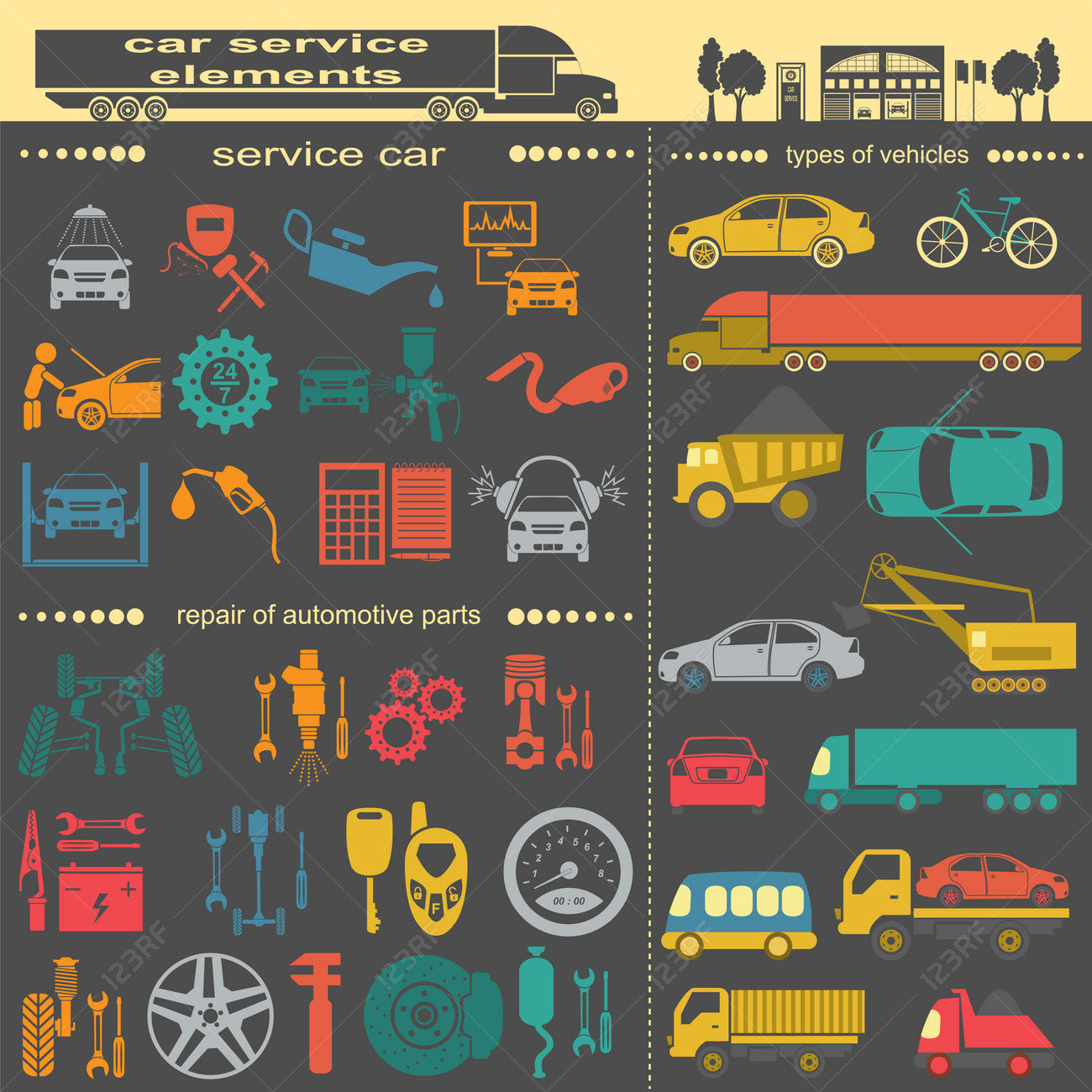Translating Your Vehicle'S Alert Lighting: Their Real Ramifications
Translating Your Vehicle'S Alert Lighting: Their Real Ramifications
Blog Article
Content By-Higgins Shepherd
When you're behind the wheel, those glowing warning lights on your dashboard can be a little bit bewildering. Do you understand what they're attempting to inform you regarding your cars and truck's wellness? Comprehending the significance of these lights is vital for your security and the durability of your automobile. So, the next time one of those lights turns up, would not you intend to decipher its message precisely and take the needed steps to resolve it?
Common Warning Lights and Interpretations
Identify common caution lights in your automobile and understand their definitions to ensure risk-free driving.
One of the most normal caution lights include the check engine light, which signals concerns with the engine or exhausts system. If this light comes on, it's essential to have your automobile inspected promptly.
The oil pressure advising light suggests low oil stress, requiring immediate interest to stop engine damage.
A blinking battery light could recommend a damaged billing system, potentially leaving you stranded otherwise dealt with.
The tire stress surveillance system (TPMS) light notifies you to reduced tire pressure, influencing car security and fuel effectiveness. Disregarding this can result in hazardous driving conditions.
The abdominal muscle light indicates a trouble with the anti-lock stopping system, endangering your capacity to quit swiftly in emergencies.
Finally, the coolant temperature alerting light warns of engine overheating, which can lead to serious damage if not solved promptly.
Recognizing these typical warning lights will certainly aid you deal with concerns immediately and maintain safe driving problems.
Significance of Prompt Attention
Understanding the typical warning lights in your car is only the initial step; the relevance of without delay dealing with these cautions can not be stressed enough to ensure your safety when driving.
When a caution light brightens on your dashboard, it's your auto's means of communicating a prospective issue that requires attention. Ignoring these warnings can cause more serious problems in the future, compromising your security and potentially costing you a lot more out of commission.
Motivate attention to cautioning lights can stop breakdowns and crashes. For https://auburnpub.com/news/local/auburn-firefighters-knock-down-exterior-blaze-at-auto-repair-shop/article_91feb16c-b705-5189-ba02-b23ec025a093.html , a blinking check engine light might suggest a misfire that, if left neglected, could cause damage to the catalytic converter. Resolving this without delay can conserve you from an expensive repair service.
Similarly, a brake system alerting light may signify reduced brake fluid or used brake pads, crucial elements for your security when driving.
DIY Troubleshooting Tips
If you see a warning light on your control panel, there are a couple of DIY fixing ideas you can try before seeking professional aid.
simply click the up coming internet page is to consult your car's manual to recognize what the certain warning light indicates. Often the problem can be as simple as a loosened gas cap setting off the check engine light. Tightening up the gas cap may deal with the issue.
One more typical issue is a low battery, which can activate different alerting lights. Inspecting vehicle cleaning for deterioration and guaranteeing they're safe and secure might take care of the issue.
If a caution light continues, you can try resetting it by detaching the automobile's battery for a few mins and after that reconnecting it. Furthermore, checking your car's fluid degrees, such as oil, coolant, and brake liquid, can aid fix advising lights related to these systems.
Conclusion
In conclusion, recognizing your automobile's caution lights is essential for keeping your vehicle running efficiently and securely. By quickly dealing with these alerts and recognizing what they imply, you can avoid costly repairs and prospective break downs.
Bear in mind to consult your auto's guidebook for particular details on each cautioning light and take action appropriately to make sure a hassle-free driving experience.
Keep informed, remain secure on the road!
